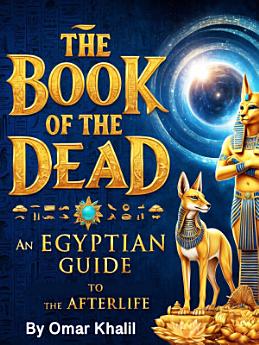The Book of the Dead: An Egyptian Guide to the Afterlife
About this ebook
Central to this belief was the idea of the soul, which they saw as comprising multiple parts. The Ka was the life force, the vital essence that departed the body at death but still needed sustenance. The Ba represented personality and mobility—it was the part of the soul that could travel between the living world and the afterlife. The Akh, achieved through a successful transition and judgment, was the transformed spirit that lived among the gods. Each of these aspects had its own role to play in the journey beyond death, and maintaining their harmony was crucial.
Immortality was not automatic. It had to be earned through righteous living and proper burial. For the Egyptians, morality and order, guided by the principle of Ma’at—truth, balance, and justice—were essential. One had to live in accordance with Ma’at to hope for a favorable judgment in the afterlife. This belief extended into the funerary rituals, where the dead would be judged in the Hall of Two Truths, their heart weighed against the Feather of Ma’at to determine their fate.








